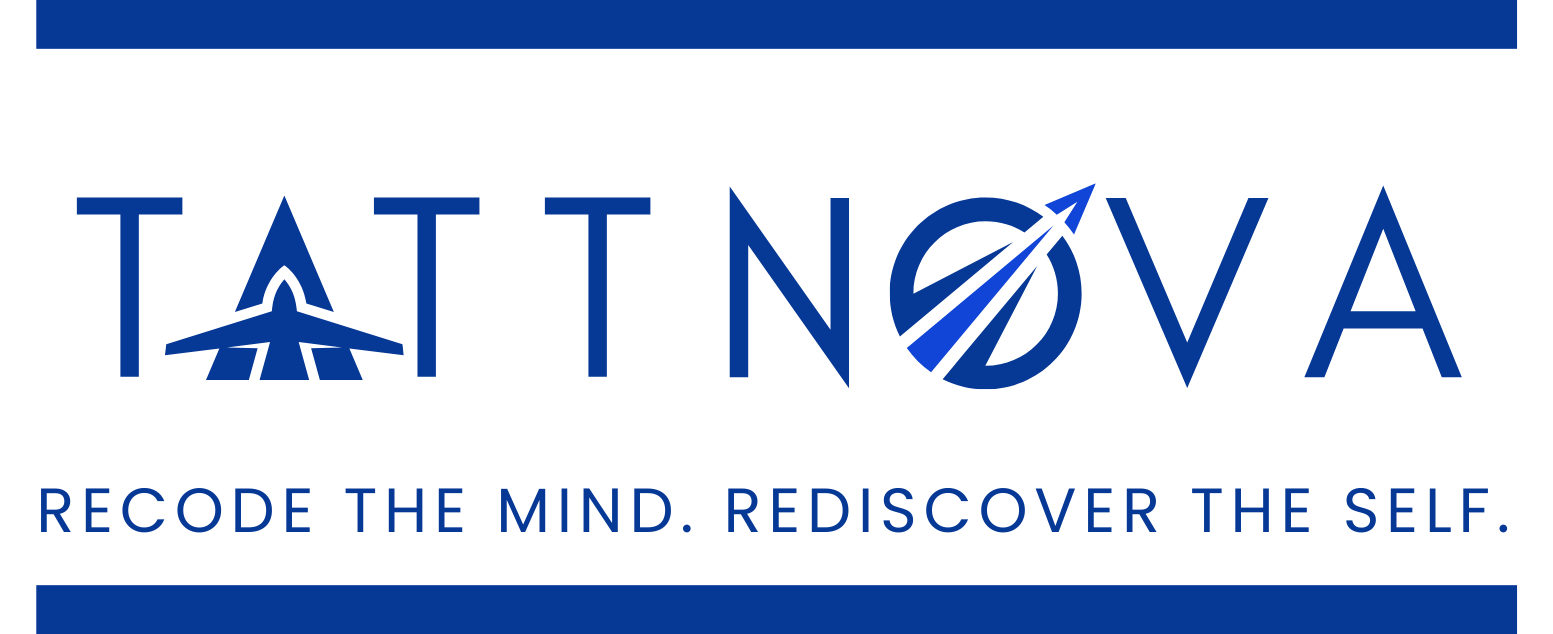As we stand at the edge of a technological revolution driven by artificial intelligence (AI), the role of leadership is undergoing a seismic shift. In the past, effective leadership was largely defined by experience, intuition, and the ability to navigate through hierarchy and established systems. The most respected leaders were those who drew from a deep well of personal knowledge, often accumulated over decades, and who relied heavily on their instincts and charisma to influence and guide teams.
Today, however, the game has changed.
In an era where machines can process data at speeds incomprehensible to the human brain, the traditional hallmarks of leadership are no longer sufficient. Decision-making driven by gut feeling is rapidly giving way to insights supported by AI-driven analytics. What organizations now need are AI-first leaders—individuals who don’t just accept the role of technology in the workplace, but who actively incorporate it into the very fabric of how they lead, innovate, and shape the future.
Beyond Tech Savvy: The New Leadership Paradigm
An AI-first leader isn’t necessarily a coder or a machine learning expert. Instead, this new archetype of leadership is defined by curiosity, adaptability, and the courage to rethink entrenched structures and systems. Such leaders don’t need to master the algorithms behind AI, but they must understand the value it brings and how it can transform decision-making, operations, and strategy.
This transformation starts with a mindset—an openness to question what was previously considered unchangeable. AI-first leaders are willing to dismantle rigid hierarchies in favor of more dynamic, cross-functional teams. They promote collaborative intelligence, where human creativity and emotional understanding are amplified—not replaced—by machine learning and automation.
Data-Augmented Decision Making
In a data-saturated world, the leader’s role is no longer to have all the answers but to ask the right questions. AI-first leadership moves away from top-down decision-making toward a model that leverages real-time data, predictive analytics, and pattern recognition. This enables leaders to anticipate trends, respond to disruptions more quickly, and make decisions grounded in evidence rather than assumptions.
But this shift also demands a cultural evolution. Leaders must cultivate a workplace where data is democratized—accessible and actionable at all levels of the organization. When frontline employees, team leads, and middle managers have access to relevant data and the tools to interpret it, the entire organization becomes more responsive, agile, and aligned.
Human + Machine: A Partnership for Innovation
The misconception that AI will replace human roles often overshadows a more empowering narrative: that AI can be a powerful collaborator. AI-first leaders see machines not as a threat but as creative partners. They use AI to automate routine tasks, freeing up human talent to focus on more strategic, imaginative, and emotionally intelligent work.
For instance, AI can analyze customer behavior patterns, but it takes human insight to translate that data into meaningful stories and experiences. Machines can optimize logistics and production, but only people can embed those efficiencies within a broader vision of sustainability, ethics, and customer satisfaction.
By integrating AI as a partner in innovation, leaders can tap into new dimensions of performance—unlocking efficiencies that weren’t previously possible while also pushing the boundaries of creativity.
Building a Culture of Continuous Learning
In the age of AI, yesterday’s expertise can become obsolete in a matter of months. That’s why the AI-first leader must be a lifelong learner—and must instill that same ethos across their teams. More than just keeping up with technology trends, continuous learning ensures the organization stays adaptable in a landscape that is constantly shifting.
AI-first leaders create learning ecosystems within their companies—environments where curiosity is celebrated, and failure is viewed as a stepping stone rather than a setback. They invest in upskilling and reskilling, recognizing that the workforce of the future will require entirely new capabilities that blend human intelligence with digital fluency.
Ethics, Empathy, and the Human Core
While AI can process data with speed and precision, it lacks the moral compass and emotional depth of human beings. This makes the leader’s role as the ethical guardian more important than ever. AI-first leadership is fundamentally human-centric. It recognizes that technology must serve people—not the other way around.
This means implementing AI in ways that reinforce transparency, respect privacy, and promote fairness. It means designing algorithms that reflect diverse perspectives and actively counter bias. And most importantly, it means ensuring that AI is deployed in service of organizational purpose and human well-being, not just profit or efficiency.
Trust is a central pillar of AI-first leadership. Employees need to trust that AI won’t be used to surveil or replace them indiscriminately. Customers need to trust that their data is safe and their interactions are meaningful. And society at large needs to trust that AI will be harnessed responsibly.
Leaders must therefore not only navigate technological complexity but also articulate a compelling human narrative—one where empathy, purpose, and values guide every innovation.
Embracing Uncertainty with Confidence
The future of work is not fixed; it is fluid, uncertain, and full of potential. AI-first leaders don’t pretend to have all the answers, but they embrace uncertainty as an opportunity for reinvention. They use AI to model different scenarios, assess risk more intelligently, and prepare their organizations for a wide range of possibilities.
More than anything, these leaders exude a quiet confidence—not rooted in personal ego, but in their faith in collective intelligence. They understand that the strength of tomorrow’s organizations will lie in their ability to blend the precision of machines with the empathy of humans.
Conclusion
AI-first leadership is not just a strategy—it’s a philosophy. It’s about reimagining how work gets done, how decisions are made, and how people and technology can co-create the future. While machines may bring speed, scale, and insight, it is the human touch that brings meaning.
The most effective leaders of the future will be those who can humanize AI—who see technology not as a cold replacement for people but as a catalyst for human potential. These leaders will cultivate cultures that are curious, inclusive, and ethically grounded. They will lead with both head and heart, and in doing so, shape a future of work that is not only intelligent but also deeply human.




